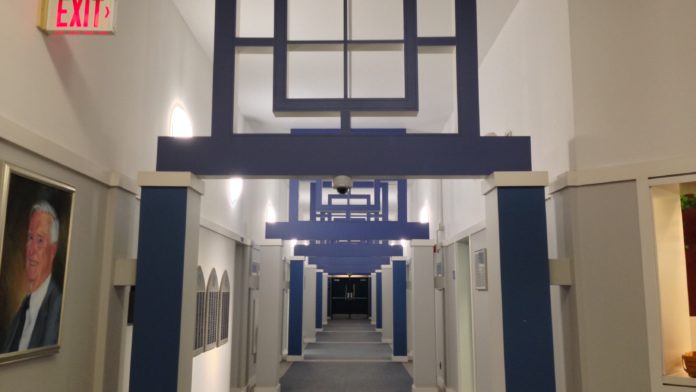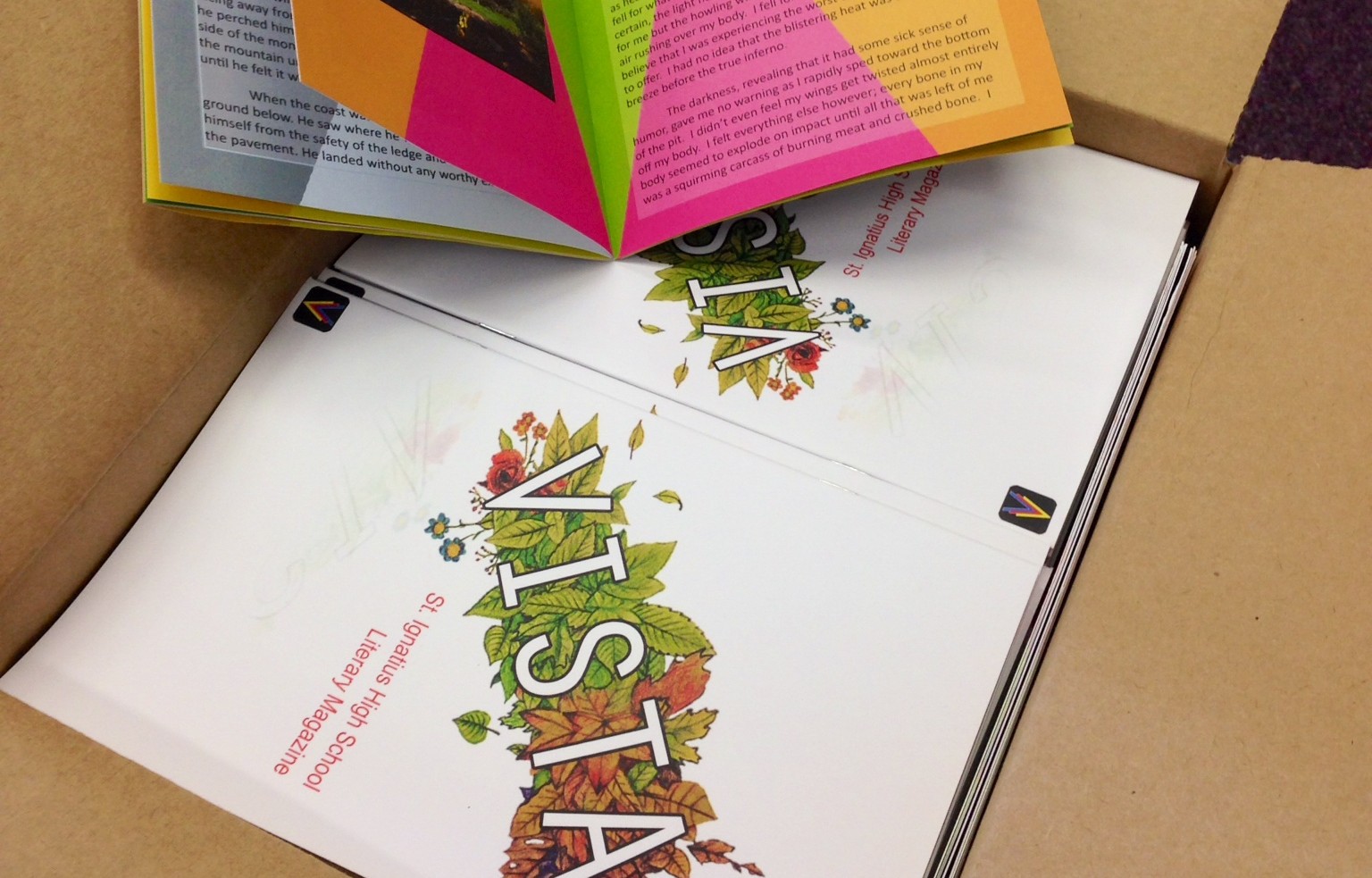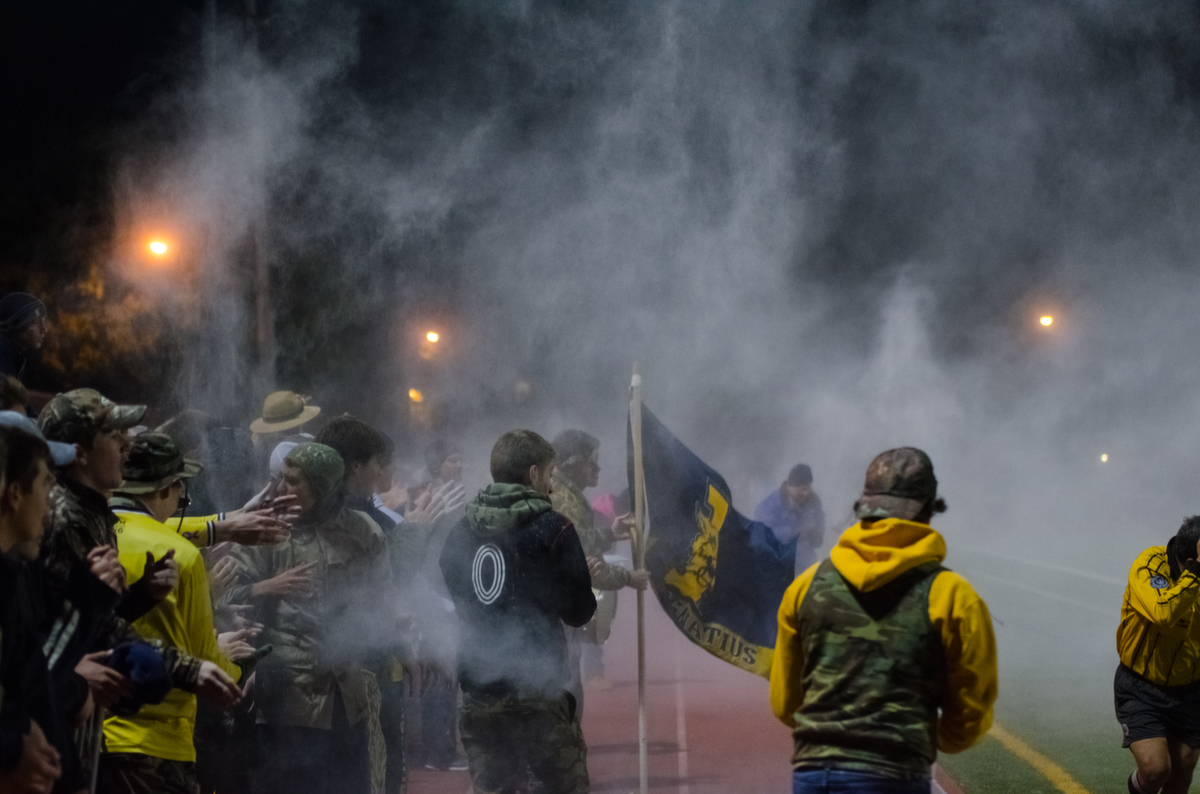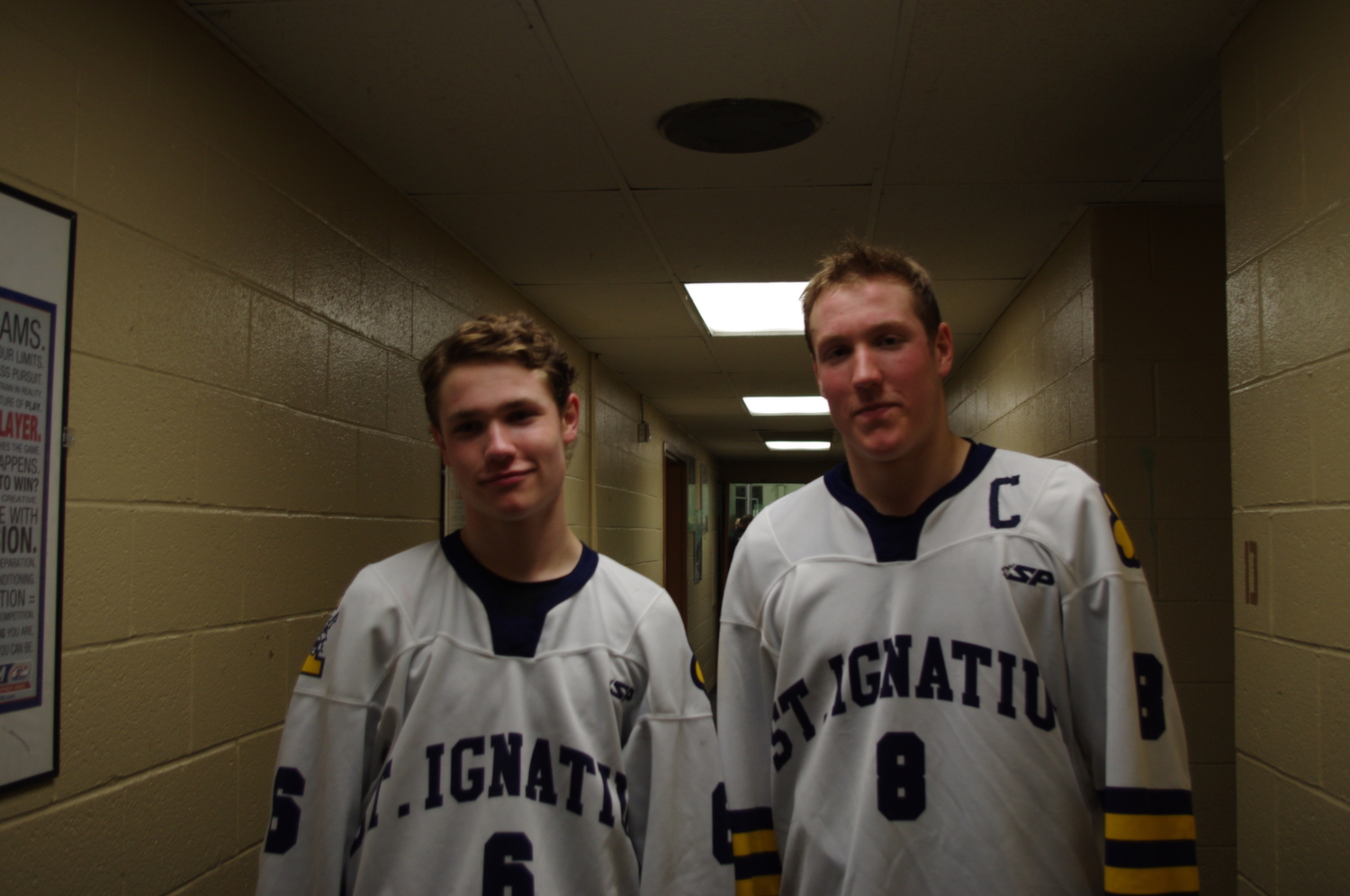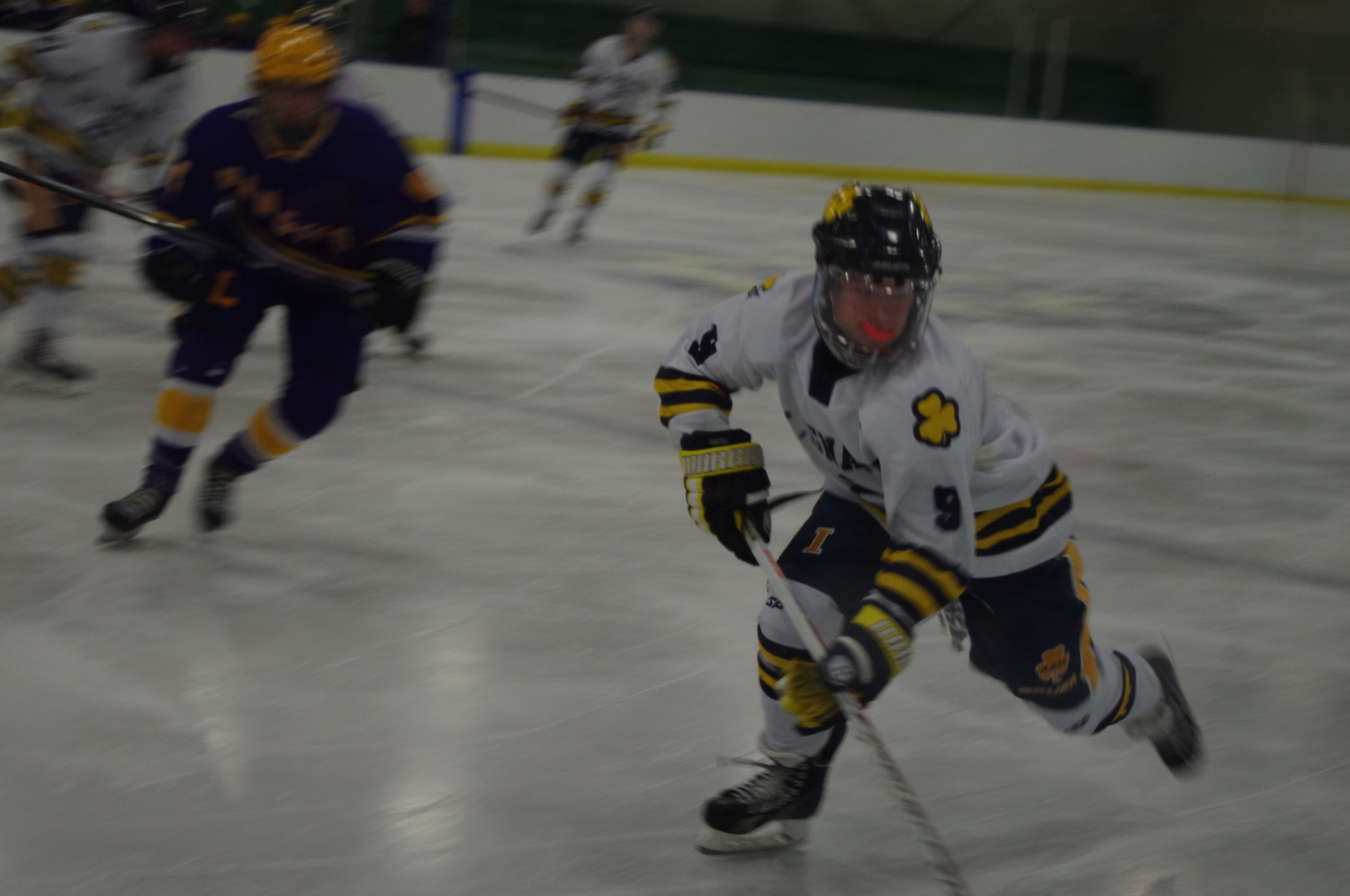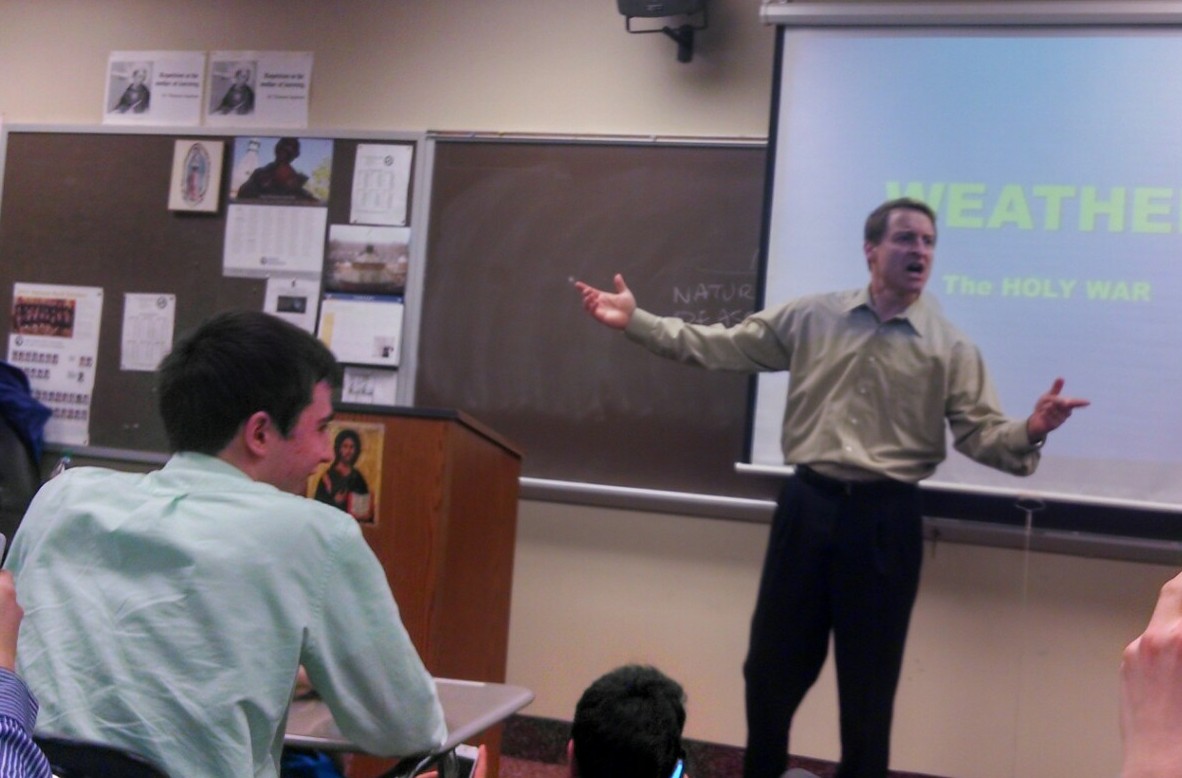by Kellen Dugan ‘15
An unwritten honor code dominates academic behavior at Saint Ignatius, and most teachers make a conscious effort to foster honesty and integrity in schoolwork. As the school handbook explicitly indicates, there are serious penalties for cheating. The consequences for academic dishonesty range from an automatic zero on the given assignment to JUGS, probation, suspension, sharing the incident report with colleges, and immediate expulsion.
But if outsiders think there is no cheating at Saint Ignatius, they are sorely wrong. In an anonymous, man-on-the-street poll of the student body, nine out of ten students admitted to cheating personally or witnessing cheating without reporting it to a teacher. While the sample is not representative, the implicit indication is that cheating is alive and real in Ignatius classrooms.
The Dean of Academics, Mr. Michael Gavin, has a few explanations for the phenomenon. First of all, Mr. Gavin claims that “cheating is a misnomer,” and that “lack of integrity is a better description.” Mr. Gavin articulated three major reasons for the results of the poll: student laziness, pressure to succeed on students, and ubiquitous cultural preferences.
The first explanation, laziness, speaks for itself: a good amount of students choose not to study and resort to using others’ work whether it be on tests, homework, or papers. Some students choose that route, and Gavin says that they’re only hurting themselves.
The second explanation, pressure, seems to be a very common reason for cheating and compromised integrity. Most people understand that students are under an extreme amount of pressure to do well from parents, college, and, most frequently, themselves. When students are trying their best, with the intention of earning straight A’s, and they earn B’s, many resort to cheating in order to achieve the A.
“The B is no longer good enough,” said Mr. Gavin, “ because students need the A to appease the expectations, and thus justify their means of getting that grade.”
The third explanation, cultural preferences or tolerances, is a less tangible reason for people to understand, but it may also be the root of the entire problem of lack of academic integrity. Mr. Gavin argued that student culture downplays the severity of cheating, and the unstated norm about cheating is that “it’s not that big of a deal.”
Mr. Gavin defended the current hard curriculum and regulations that are currently in place at Saint Ignatius, affirming that they are the most effective rules that have been enforced yet, given the slippery topic of cheating.
Cheating is hard to prove unless students are caught in the act, and the consequences put in place are very severe, but enforcement is difficult. Mr. Gavin says that the regulations can change as much as they please, but if campus culture doesn’t change, specifically the tolerance and downsizing of the severity of cheating, then cheating will always exist.
The only thing that he believes can be done is to alter the “soft curriculum,” the expectations and culture norms, at not only Saint Ignatius, but all schools by incorporating an honor code for all students to promise to follow.
The honor code would try to foster an atmosphere of new and more honorable expectations.
“If the right thing to do becomes the cool thing to do,” said Mr. Gavin,”then integrity has been restored.”


